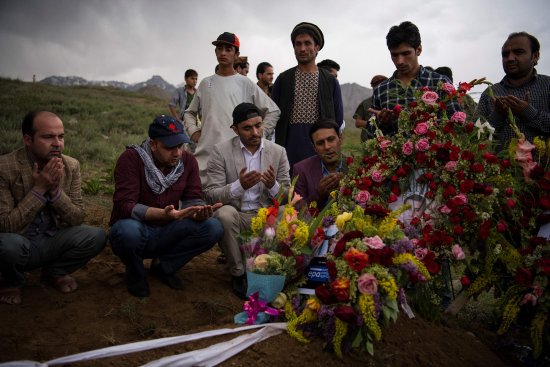
Courage behind the camera
When nine journalists were among the at least 25 people killed in a double suicide bombing in Kabul on April 30, I saw the blast through my camera. It was only because of luck that I survived, and then another photographer was shouting at me. “Marai is dead,” he said. “Marai is dead.”
My friend Shah Marai, Agence France-Presse’s chief photographer in Afghanistan, had a passion for his work that is rare to find in a war zone. He was calm and courageous, just trying to take his pictures. At 41, he was a mentor for younger photojournalists in Kabul, having joined AFP as a driver in 1996, five years before the Taliban was ousted, and later building a career with the agency to support his family.
After the attack, which the United Nations said was part of a “deliberate targeting of journalists,” I went to my office and sent my pictures. Marai was dead and I had to do my job, to say what had happened. In the afternoon, we went to his village, north of the city. Then we buried him. He had promised to bring all the local photographers there, to eat and be together in a good place, but it never happened until his funeral. During the prayers, I was looking at the sky and waiting for rain. If the rain came, it would mean Marai was crying, that even the clouds were crying.
Hossaini is a Pulitzer Prize-winning photojournalist, now with the Associated Press
TIME Ideas hosts the world's leading voices, providing commentary on events in news, society, and culture. We welcome outside contributions. Opinions expressed do not necessarily reflect the views of TIME editors.